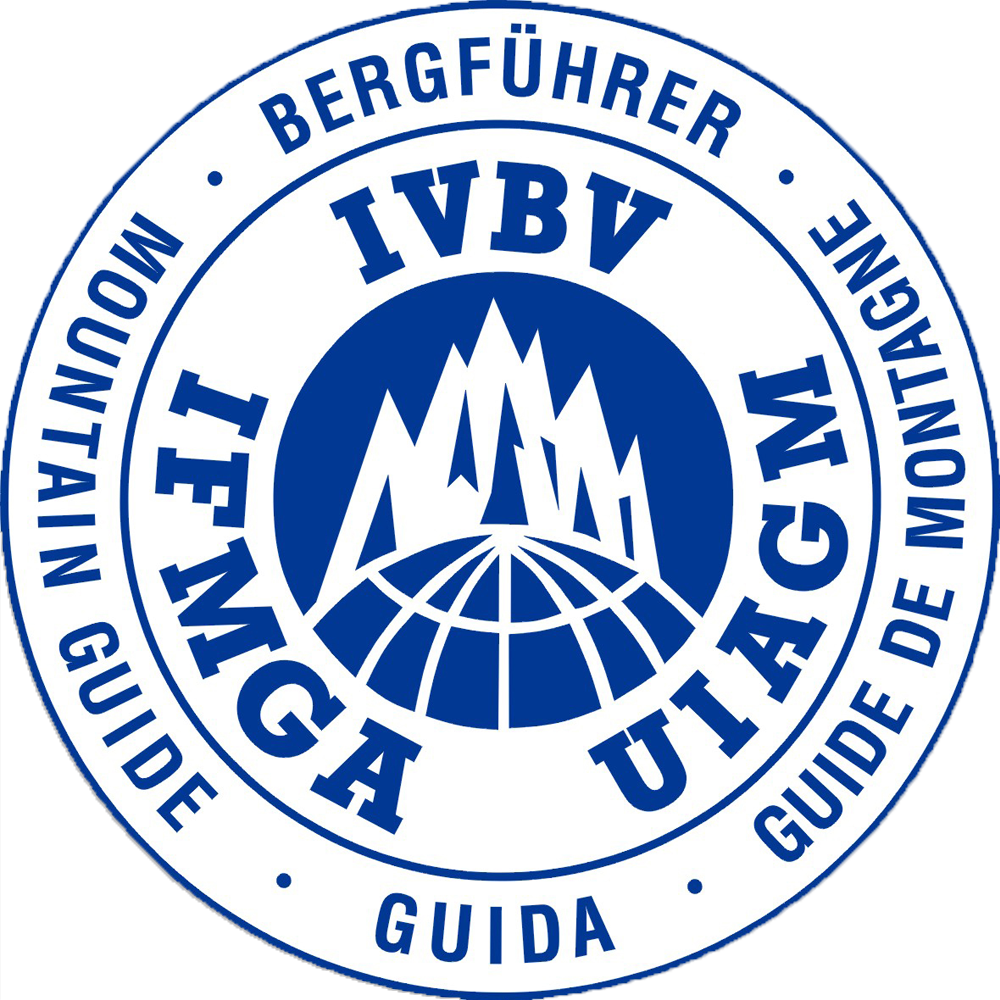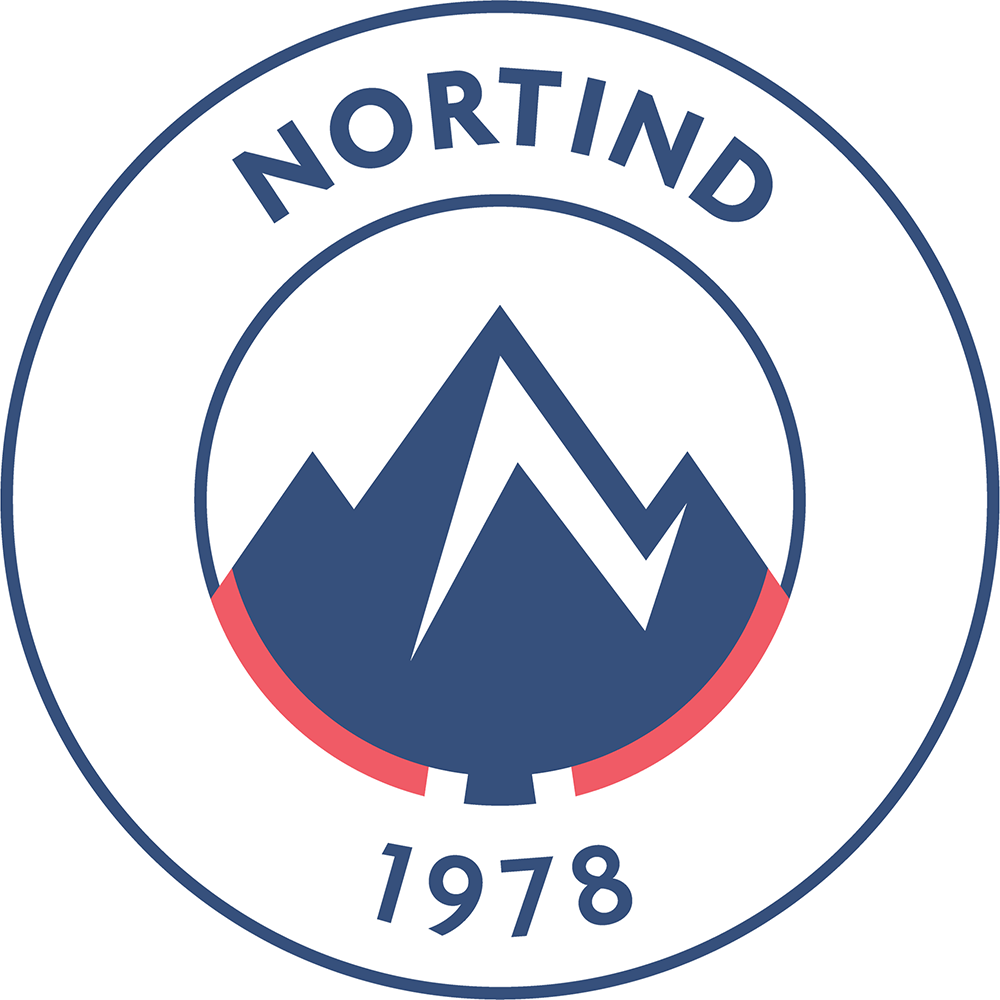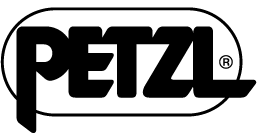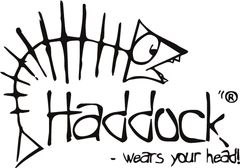Here you´ll find answers to
Frequently asked questions
Frequently asked questions - winter
January: It can be a bit of a gamble. Short days and thin snow cover are typical. However, the light can be unique with pastel colours in the sky.
February: The ‘cold’ winter month. Generally good snow cover and longer days.
March: Prime time for ski touring. Long days, good snow cover and cold snow. But this is also the busiest time of the skiing season.
April: It is the transition to spring. Thick snow cover and milder temperatures. The sun is high on the horizon and the days are long. Heavy snow fall are still possible, but so is soft corn snow.
May: Spring skiing in the midnight sun is the name of the game. However, the snow line is slowly retreating.
June: Still skiable for adventurous souls. But carrying the skis on the backpack is nessesary.
To go skiing, a car is a must.
Lofoten offers plenty of places to stay depending on your budget and needs.
Please see our page on different options.
We have tours for all levels of skiers, from beginners to experts.
Sorry, no. Unless we have a specific week or happening – we only do private groups.
But if you wish to come alone, you will have your own private guide.
Ski Gear:
- Touring Skis: Lightweight skis with touring bindings. Mid-fat ski around 90-100mm are recommend.
- Ski Boots: Comfortable and compatible with touring bindings.
- Skins: Attach to the bottom of your skis for traction during ascents.
- Poles: Adjustable ski poles are recommended for varying terrain.
- Ski Crampons: Optional but useful for icy or hard-packed snow conditions.
- Boot Crampons: Optional, but required on some objectives.
Safety Equipment:
- Avalanche Beacon (Transceiver): Worn on your body and turned on to send a signal in case of an avalanche.
- Shovel: A collapsible snow shovel for digging in case of an avalanche.
- Probe: Used for pinpointing the location of a person buried in an avalanche.
- Helmet: A ski helmet for head protection during the descent. (Optional).
- First Aid Kit: A small, personal first aid kit.
- Emergency Blanket: For warmth in case of an emergency.
Clothing:
- Base Layer: Moisture-wicking thermal top and bottom.
- Mid Layer: Insulating layer (e.g., fleece or wool).
- Outer Layer: Waterproof and windproof jacket and pants (GORE-TEX or similar).
- Insulated Jacket: Packable down or synthetic jacket for extra warmth during breaks.
- Gloves: Insulated ski gloves or mittens, plus a lightweight pair for ascents.
- Hat/Beanie: To keep your head warm.
- Buff/Neck Gaiter: To protect your face and neck from wind and cold.
- Socks: Moisture-wicking, warm ski socks.
- Goggles: Ski goggles for descents and poor weather.
- Sunglasses: High UV protection for sunny conditions.
Backpack:
- Backpack (30-40 liters): Large enough to carry all essential gear, including safety equipment. All safety gear need to fit inside the pack.
Food and Water:
- Water Bottle or Hydration Bladder: At least 1 liter of water.
- Insulated Thermos: Hot tea for warmth.
- Snacks and Lunch: High-energy snacks (nuts, bars, chocolate) and a packed lunch.
Other Essentials:
- Map and Compass/GPS: Navigation tools. (Optional)
- Multi-tool/Swiss Army Knife: For equipment repairs. (Optional)
- Headlamp: With extra batteries, in case of a late return.
- Sunscreen: High SPF, as snow reflects UV rays.
- Lip Balm: With SPF to protect your lips.
- Phone: In a waterproof case, for communication and emergencies.
- Small Repair Kit: Including duct tape, zip ties, and spare parts for on-the-go fixes. (Optional)
Frequently asked questions - summer
May: It can be a bit of a gamble. Old man winter could still provide some cold weather, or it could be warm and sunny.
June: Good and usually not too busy.
July: High season. Good chance of good weather.
August: The local’s favourite, still warm and sunny – but less busy.
September: A bit of a joker – often lovely, but the autumn storms are lurking.
October: A gamble, often a lot of weather. But a real treat on good weather days.
To go climbing, a car is a must.
Lofoten offers plenty of places to stay depending on your budget and needs.Please see our page on different options.
Rentals are available in Svolvær. It can be booked on retur.no
We have trips for all levels of climbers, from beginners to experts.
Well, it depends. Please if the tour is listed as ‘Open’ or ‘ Private’. And please see this page of the different options: Group Type
Clothing:
- Climbing Pants/Shorts: Comfortable and stretchy for mobility.
- Base Layer: Lightweight, moisture-wicking t-shirt or long sleeve.
- Mid Layer: Lightweight fleece or softshell jacket, in case of cooler weather.
- Rain Jacket/Windbreaker: A lightweight, packable jacket for unexpected weather.
- Hat/Cap: Sun protection.
- Approach Shoes: Sturdy shoes for hiking to the climbing area.
Other Essentials:
- Backpack (30-40 liters): To carry all your gear comfortably.
- Guidebook or Route Topo: To navigate the climb. (Optional)
- Climbing Tape: For taping fingers, especially on crack climbs. (Optional)
- Food and Water: Enough water and snacks for the day, including high-energy options.
- Sunscreen: SPF for protection from the sun.
- First Aid Kit: A small kit including band-aids, blister treatment, and pain relievers.
- Map and Compass/GPS: To navigate to and from the climbing site. (Optional)
- Multi-tool/Knife: Useful for gear repair or emergencies. (Optional).
Climbing Gear: (Optional – will be provided).
Personale gear:
- Climbing Rope: A 60-70m dynamic rope (single or double ropes, depending on the route).
- Harness: Comfortable climbing harness with gear loops.
- Climbing Shoes: Snug-fitting shoes with good edging for precise footwork.
- Helmet: Climbing helmet to protect against falling debris and impacts.
- Belay Device: ATC or assisted braking device, along with a carabiner.
Trad Rack (Group stuff):
- Cams: A set of cams in various sizes for different crack widths.
- Nuts: A set of nuts/stoppers for small cracks and constrictions.
- Hexes (optional): Useful for wide cracks.
- Quickdraws: 8-10 quickdraws, ideally some with extendable slings.
- Alpine Slings: 60cm and 120cm slings for building anchors, extending placements, and minimizing rope drag.
- Carabiners: A mix of locking and non-locking carabiners for anchor building and gear racking.
- Nut Tool: To retrieve nuts and stuck gear while cleaning a route.
- Belay Gloves (optional): For comfort while belaying and rappelling.
- Chalk Bag and Chalk: To keep hands dry during climbs.
Anchor and Protection Gear:
- Cordelettes: 6mm cord for building anchors.
- Extra Locking Carabiners: For use in anchor setups and belaying.





